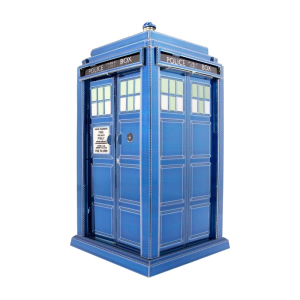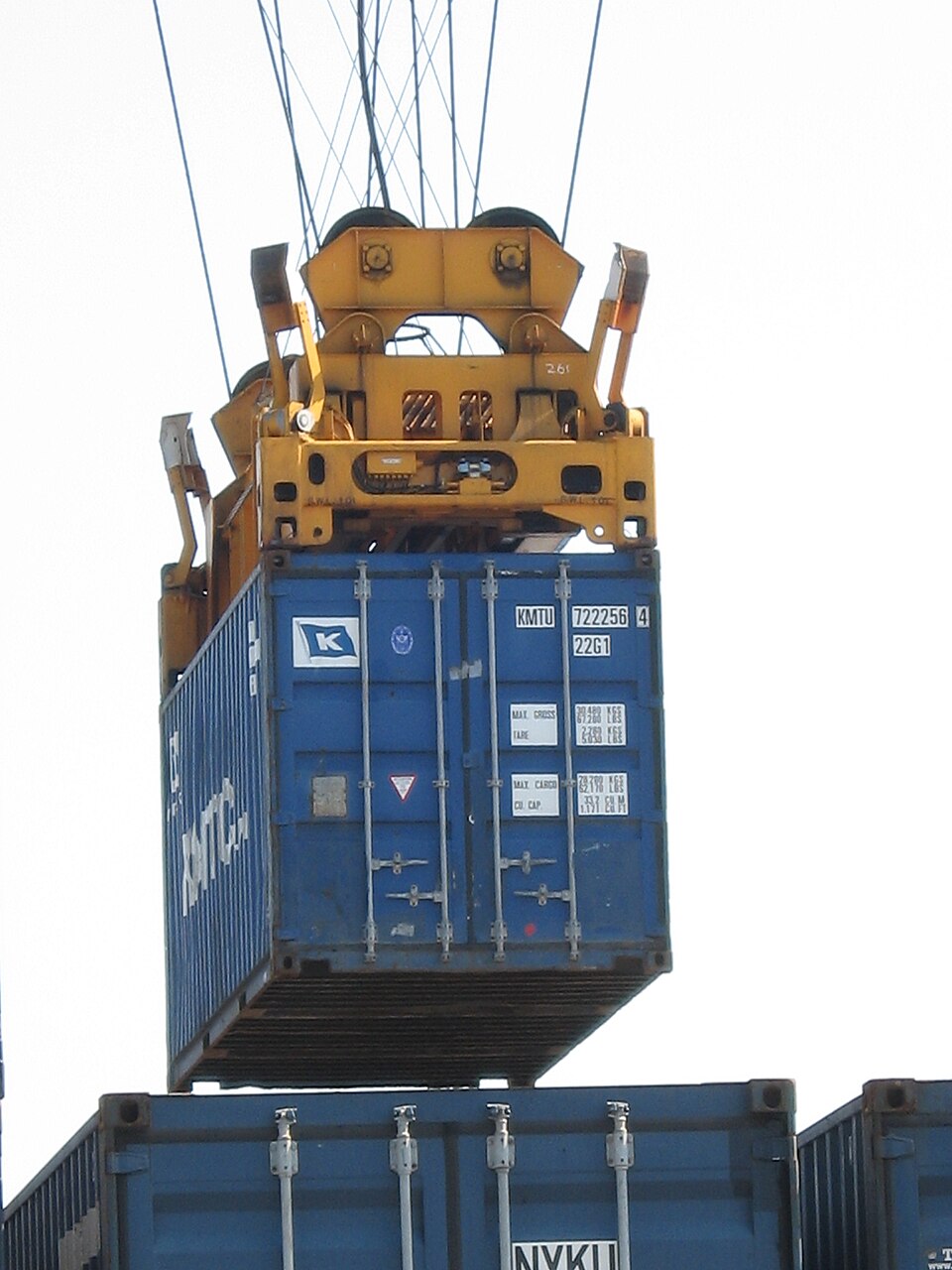MasterGwydion
Emperor Mongoose
If the containers are non-pressurized, then they are also not climate-controlled. The cargo must be able to withstand temperatures of -270 degrees C to +10 degrees C. Non-pressurized containers also offer no protection from radiation. What effect does radiation have on your cargo? Also, contaminants can easily enter containers that are not sealed. How about atmospheric pressure? Anything that you are shipping will be subject to changing pressures, so anything that comes in a sealed bag or other sealed container has a good chance of either exploding or deforming to the point of failure.
Seems easier for the game to make the default containers protected against all of that.
Seems easier for the game to make the default containers protected against all of that.



